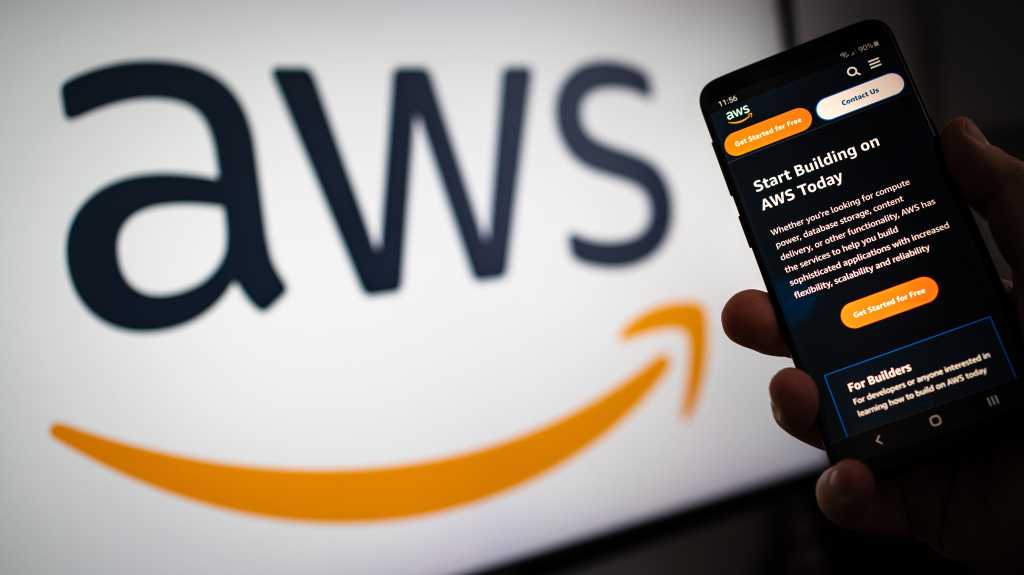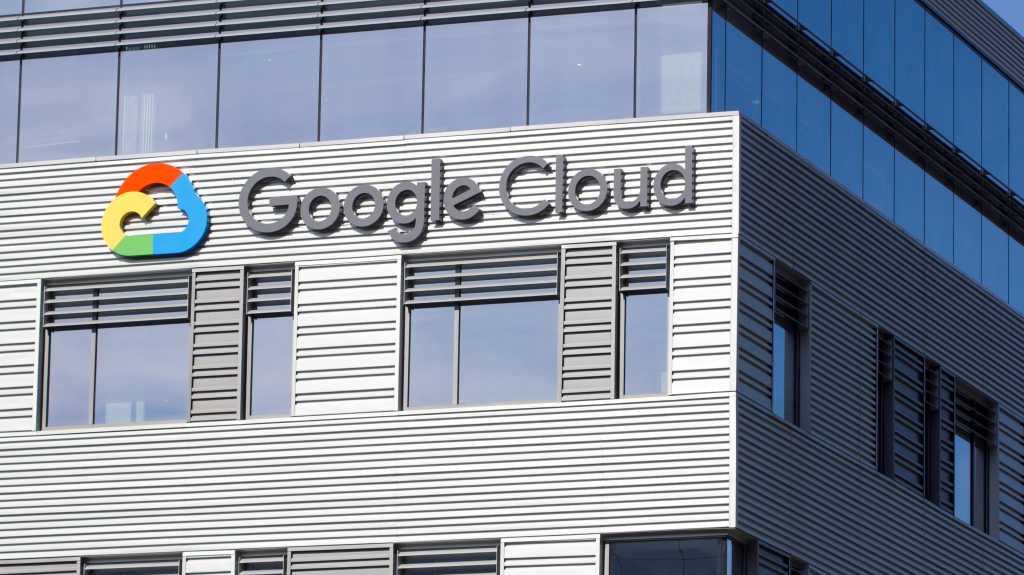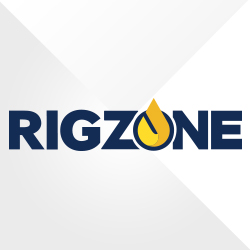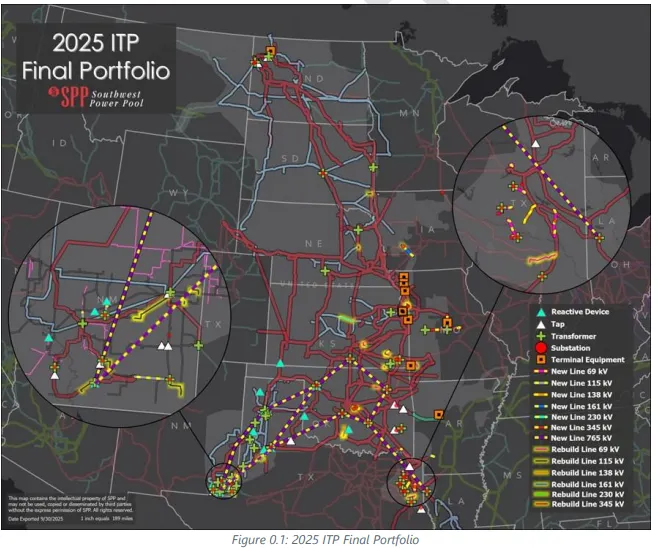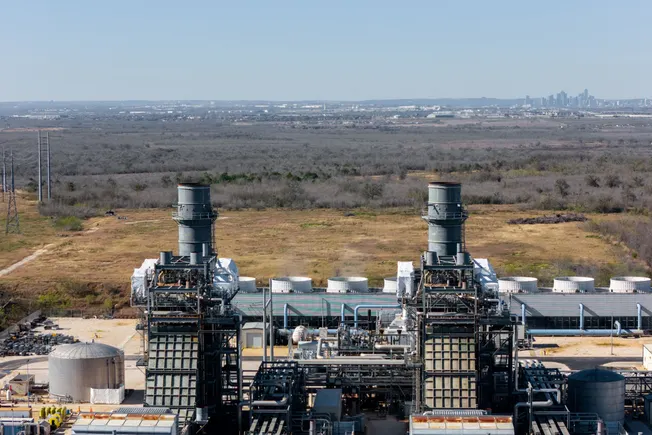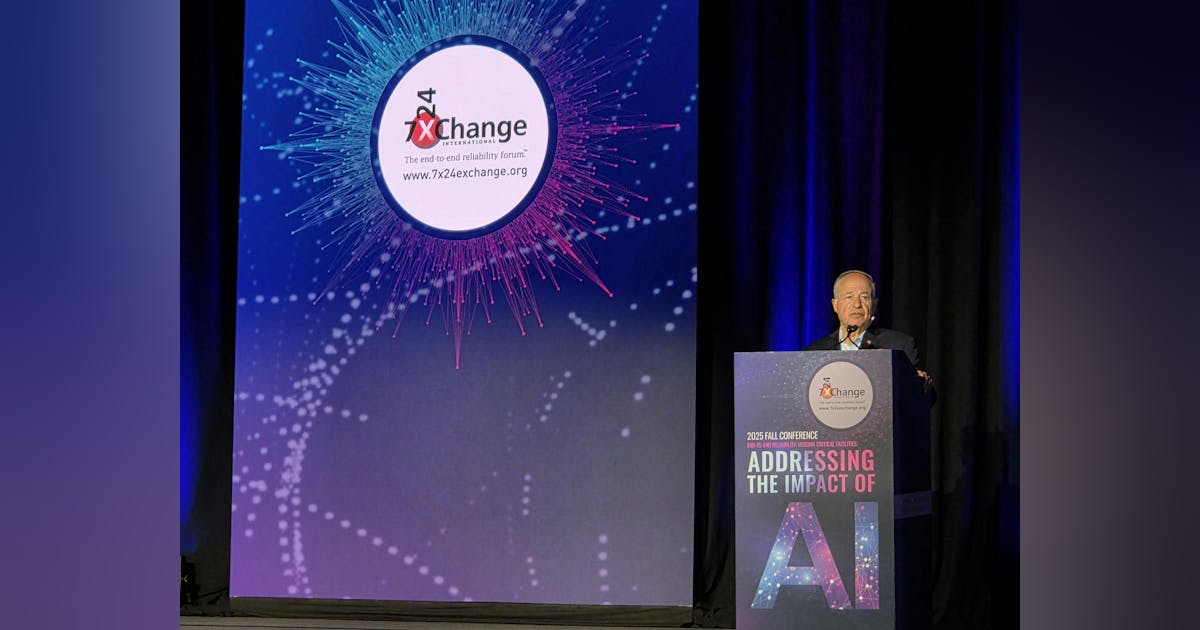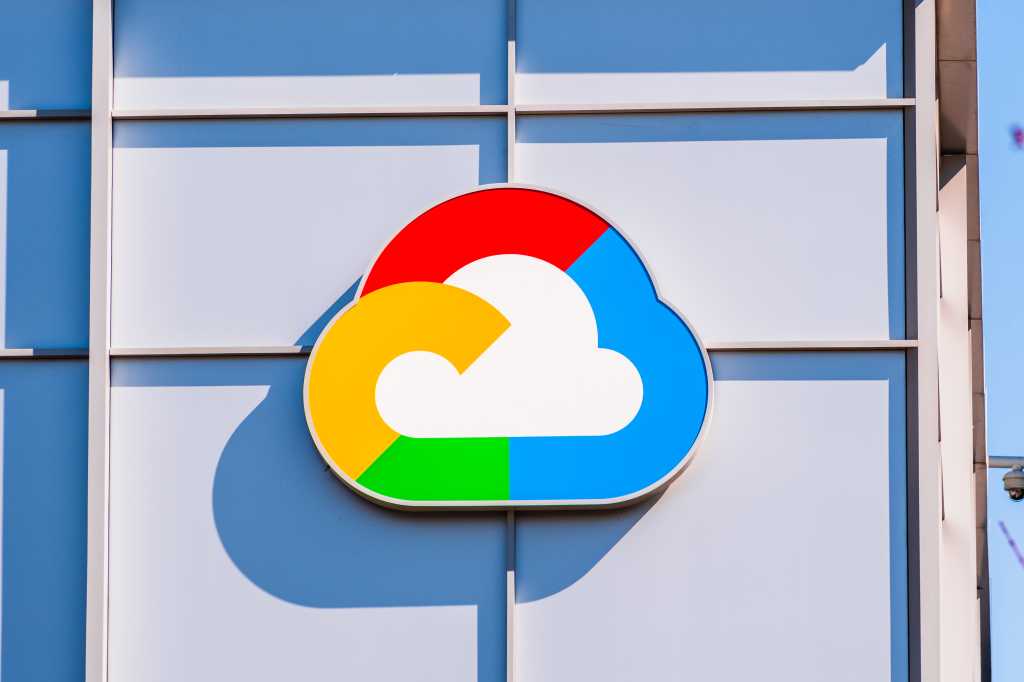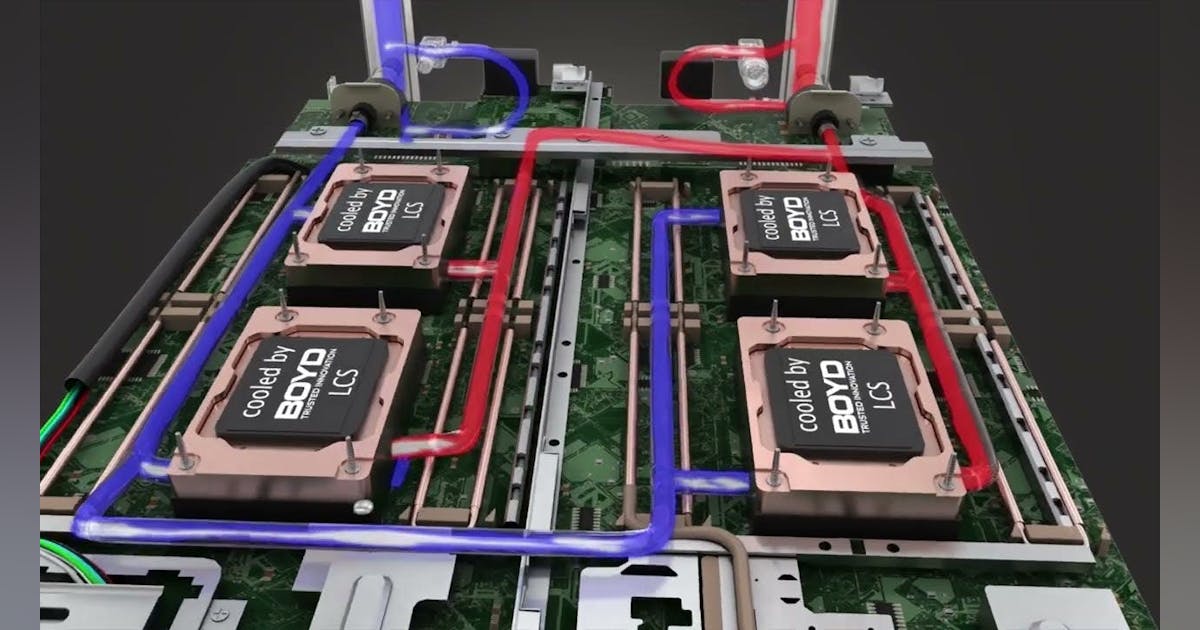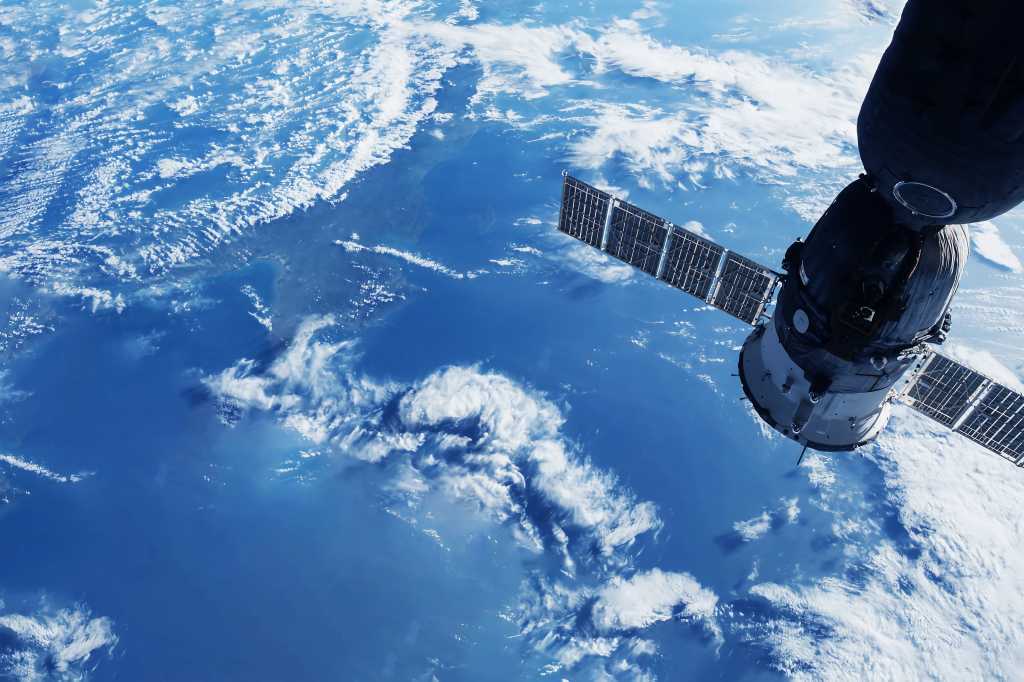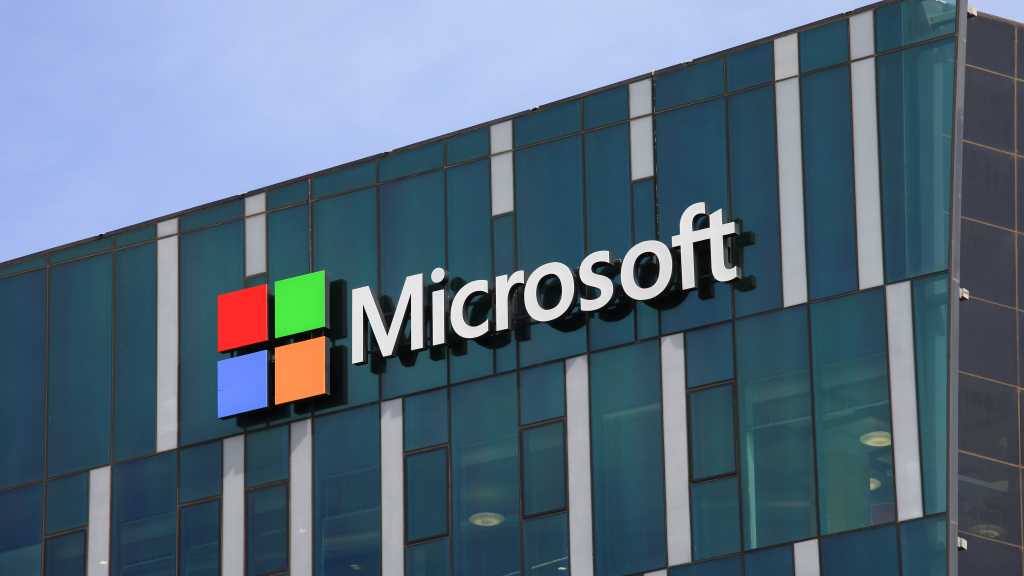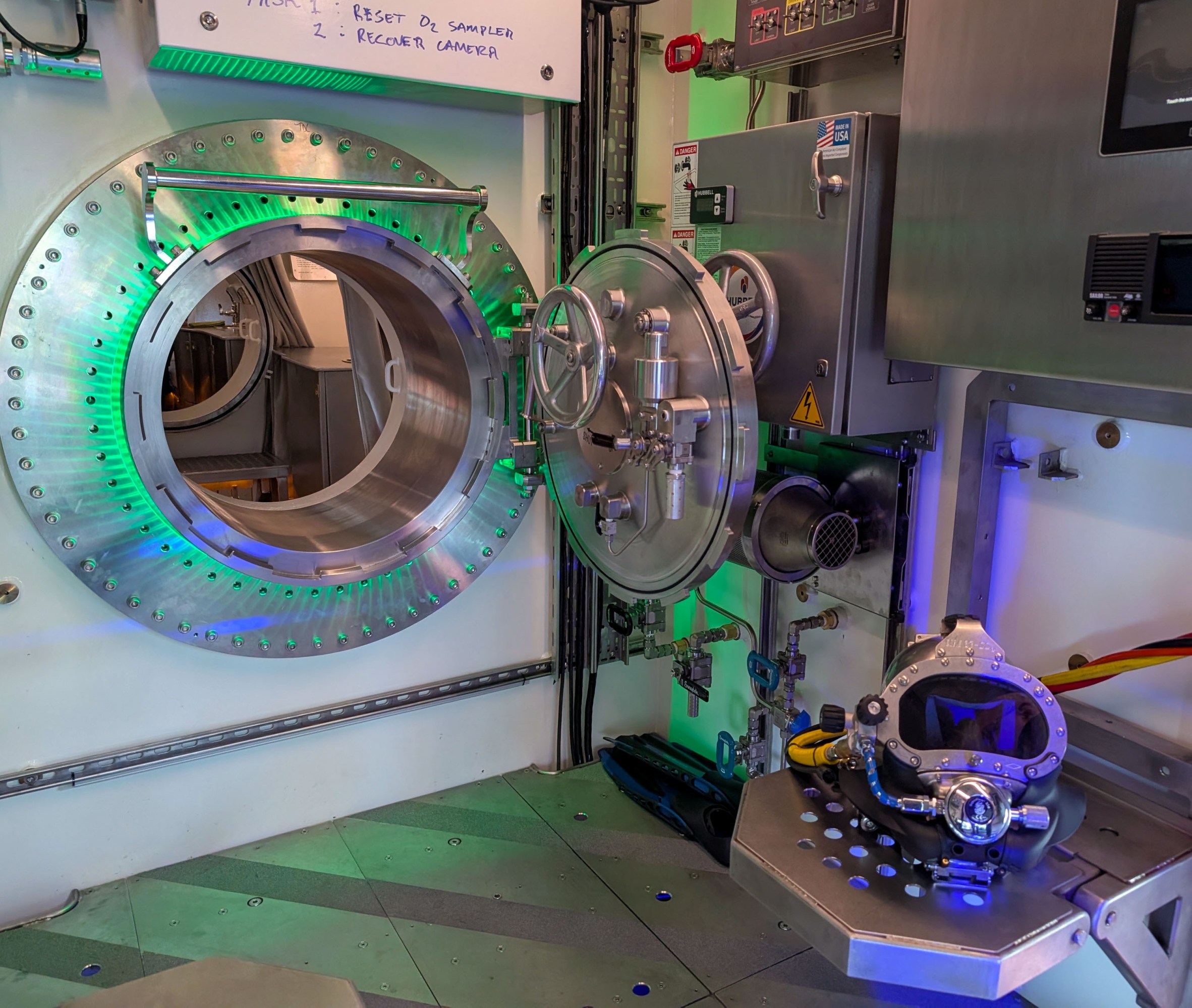
The U.S. regular gasoline price and the U.S. on-highway diesel fuel price are both in a declining trend, the U.S. Energy Information Administration’s (EIA) latest gasoline and diesel fuel update showed.
This update, which was released this week, put the average U.S. regular gasoline price at $3.078 per gallon on March 3, $3.069 per gallon on March 10, and $3.058 per gallon on March 17. It put the U.S. on-highway diesel fuel price at $3.635 per gallon on March 3, $3.582 per gallon on March 10, and $3.549 per gallon on March 17.
Of the five Petroleum Administration for Defense District (PADD) regions highlighted in the EIA’s latest fuel update, the West Coast was shown to have the highest U.S. regular gasoline price as of March 17, at $4.061 per gallon. The Gulf Coast was shown to have the lowest U.S. regular gasoline price as of March 17, at $2.629 per gallon.
In the update, the West Coast was also shown to have the highest U.S. on-highway diesel fuel price as of March 17, at $4.203 per gallon. The Gulf Coast was shown to have the lowest U.S. on-highway diesel fuel price as of March 17, at $3.245 per gallon.
A glossary section of the EIA site notes that the 50 U.S. states and the District of Columbia are divided into five districts, with PADD 1 further split into three subdistricts. PADDs 6 and 7 encompass U.S. territories, the site adds.
According to the AAA Fuel Prices website, the average U.S. regular gasoline price is $3.121 per gallon, as of March 20. Yesterday’s average was $3.102 per gallon, the week ago average was $3.079 per gallon, the month ago average was $3.165 per gallon, and the year ago average was $3.515 per gallon, the site showed.
The average U.S. diesel price is $3.605 per gallon, as of March 20, the AAA Fuel Prices site highlighted. Yesterday’s average was $3.603 per gallon, the week ago average was $3.619 per gallon, the month ago average was $3.693 per gallon, and the year ago average was $4.052 per gallon, the site outlined.
The highest recorded average U.S. regular gasoline price was seen on June 14, 2022, at $5.016 per gallon, the AAA site highlighted. The highest recorded average U.S. diesel price was seen on June 19, 2022, at $5.816 per gallon, the site showed.
In its latest short term energy outlook, which was released this week, the EIA projected that the U.S. regular gasoline price will average $3.22 per gallon in 2025 and $3.21 per gallon in 2026. That STEO forecast that the U.S. on-highway diesel fuel price will average $3.62 per gallon this year and $3.74 per gallon next year.
In its previous STEO, which was released in February, the EIA projected that the U.S. regular gasoline price will average $3.21 per gallon in 2025 and $3.14 per gallon in 2026 and that the U.S. on-highway diesel fuel price will come in at $3.63 per gallon this year and $3.70 per gallon next year.
The EIA’s latest gasoline and diesel fuel update, which pegged the gasoline price at $3.08 per gallon in January, showed that 58 percent of that total went towards crude oil costs, 17 percent went towards taxes, 16 percent went towards distribution and marketing costs, and nine percent went towards refining costs.
This update, which put the diesel price at $3.63 per gallon in January, showed that 49 percent of that total went towards crude oil costs, 18 percent went towards distribution and marketing costs, 16 percent went towards taxes, and 16 percent went towards refining costs.
To contact the author, email [email protected]

